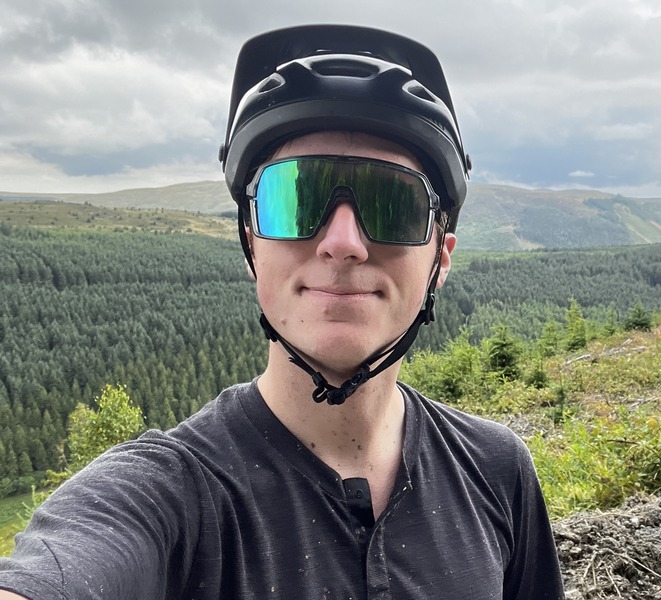For a lot of people, buying a mountain bike tyre is a process shrouded in mystery.
Confusing and undescriptive product names, a zillion tyre carcass options and compounds that appear to defy logical conventions all make deciding which tyre you need for the type of riding you do a mind-boggling affair.
Even if you’ve read our best mountain bike tyre guide, we don’t blame you if you’re still puzzling over what’s what.
But who’s at fault? Is it reasonable that you'll need a bachelor’s degree in MTB rubber before understanding and shelling out for your next set of treads? Or do tyre brands need to make their naming conventions simpler – or even unified – to help people understand and compare models?
BikeRadar’s tech-focused staffers chime in with their opinions.
Alex Evans: Evolving rider needs drive tyre-performance expectations
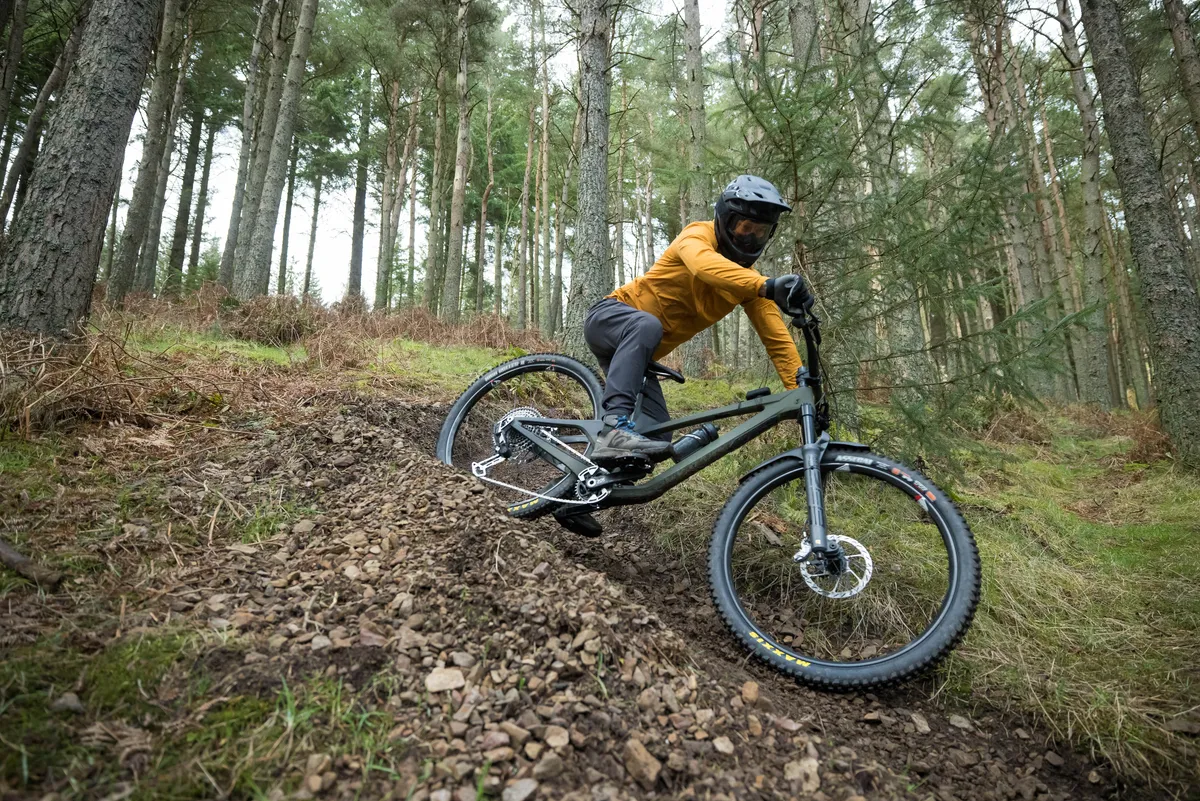
While I’ve moaned about bike manufacturers not speccing the right rubber on bikes before, I haven’t yet focused on the shortcomings of tyre brands.
Arguably, that’s because they’ve got a tough job.
Firstly, tyre tread patterns need to work in wide-ranging terrain types pan-discipline; an XC racer riding deep mud doesn’t have the same needs as a downhiller, and this trend tracks across the sport’s varied ride types.
Gravity riders don’t lust after XC race tyres with thick casings and XCers don’t want tough carcasses, aggressive tread options… most of the time, at least.

But in dusty, hard-pack conditions gravity riders do use semi-slicks, and XC racers can hanker for mud spikes with skinny sidewalls. While there are rules of averages, trail conditions dictate specific needs from a tyre’s performance.
Secondly, tread patterns need to come in different compounds.
An aggressive tyre is virtually worthless if its compound feels closer to plastic than soft rubber.
But ultra-soft tyres will wear out quickly on the rear, especially in drier conditions. While grip is a priority on the front, rolling speed and wear life are considerations at the back. Brands need to offer their tyres in multiple states of stickiness.
Similarly, XC race tyres are designed for speed, mostly ruling out the need for ultra-tacky compounds, but with XC courses becoming more technical extra grip is in demand.
Add downcountry into the mix – where outright speed isn’t the single priority – and the rubber tree needs even more branches of possible compounds and treads.

Thirdly, carcasses complicate the recipe.
Downcountry or trail riders on gnarly terrain want the advantages of less aggressive treads, such as high rolling speeds, but the puncture protection of tougher carcasses.
Now, brands have to deliver their speedy tyres with more casing options.
Similarly, riders who don’t tackle the most demanding terrain, but perhaps ride in a lot of mud, need aggressive treads usually reserved for enduro or DH, but with a lighter-weight casing, compounding complications.
This multiplier effect of needs – that’s increasing exponentially with added MTB sub-genres and rider demands – means brands have to make their most popular tread patterns in almost every carcass variation and compound.
This explains the seemingly impenetrable matrix of tread pattern, compound and carcass types. Understanding them isn’t made any easier by their brand-specific naming structures.
A first step to help consumers could be naming their tyres after the conditions they’re intended to excel in; a mud tyre would be called, unsurprisingly, ‘Mud Tyre’.
But then again, the gratification of knowing exactly what a High Roller, Tacky Chan or Minion is designed for might be worth the headache.
Tom Law: I want my holy grail – speed AND soft compounds

As BikeRadar’s resident purveyor of all things downcountry, I often find myself in a weird tyre conundrum.
I adore these short-travel rippers for their spirited mix of speed, fun and capability. However, I’m still looking for my perfect tyre combo, with the grip my lack of skills needs and the speed my lack of fitness demands.
Thinner XC rubber satisfies the speed requirements, but undermines my confidence where it lacks most, in the bends.
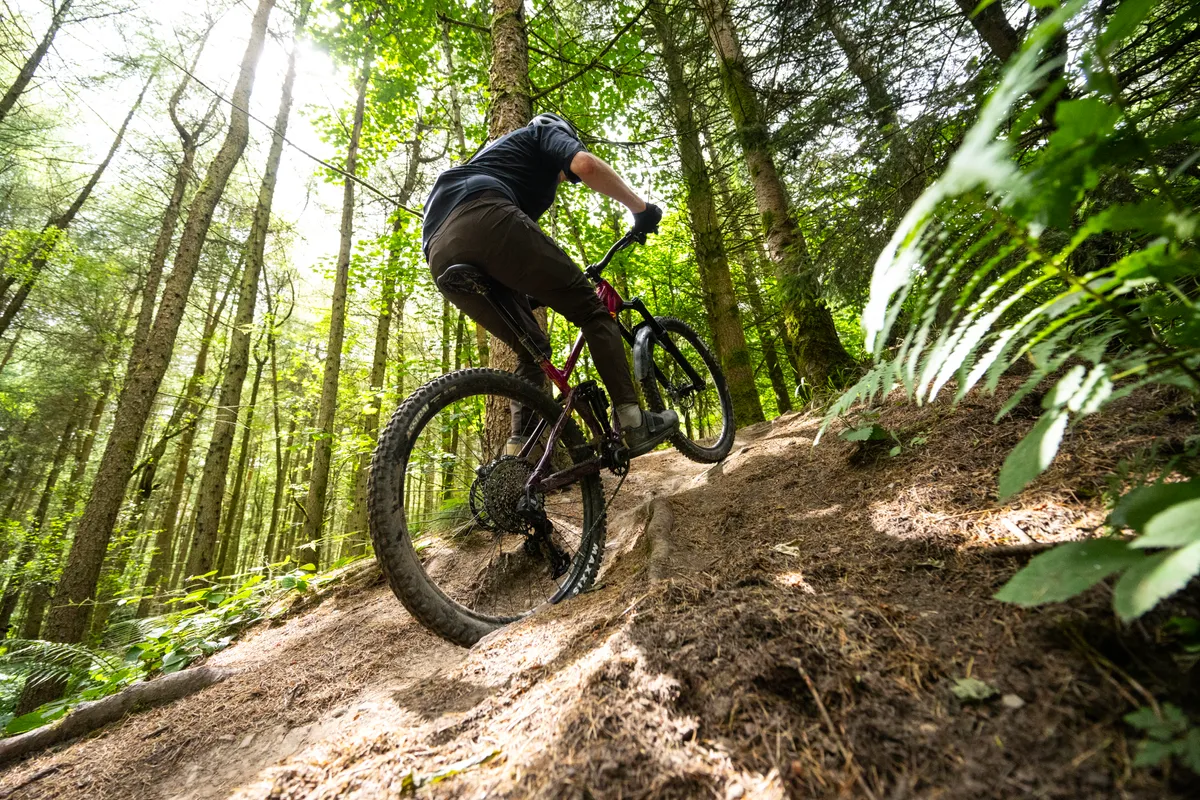
Thankfully, I’d like to think I’m smooth enough and can choose a line to the point where a thinner, lighter carcass isn’t so much of a bad thing and I don’t feel the need to run a tougher casing that bumps up the weight.
On the flipside, when I do have a tyre that gives me more grip than I know what to do with (and the associated weight that goes with it), I can feel the watts draining out of my legs, and I'm just begging for something faster.
A case in point was the Marin Rift Zone XR I rode recently.
It's a short-travel, poppy, fun little bike that, shod in dual Maxxis Assegais, had oodles of grip on the way down. However, for my rolling-speed standards, it felt as if it had two flat tyres.
So what does a rider who’s looking for a skill-and-fitness compensating tyre do? He asks very nicely for fast-rolling treads with lovely, sticky rubber compounds.
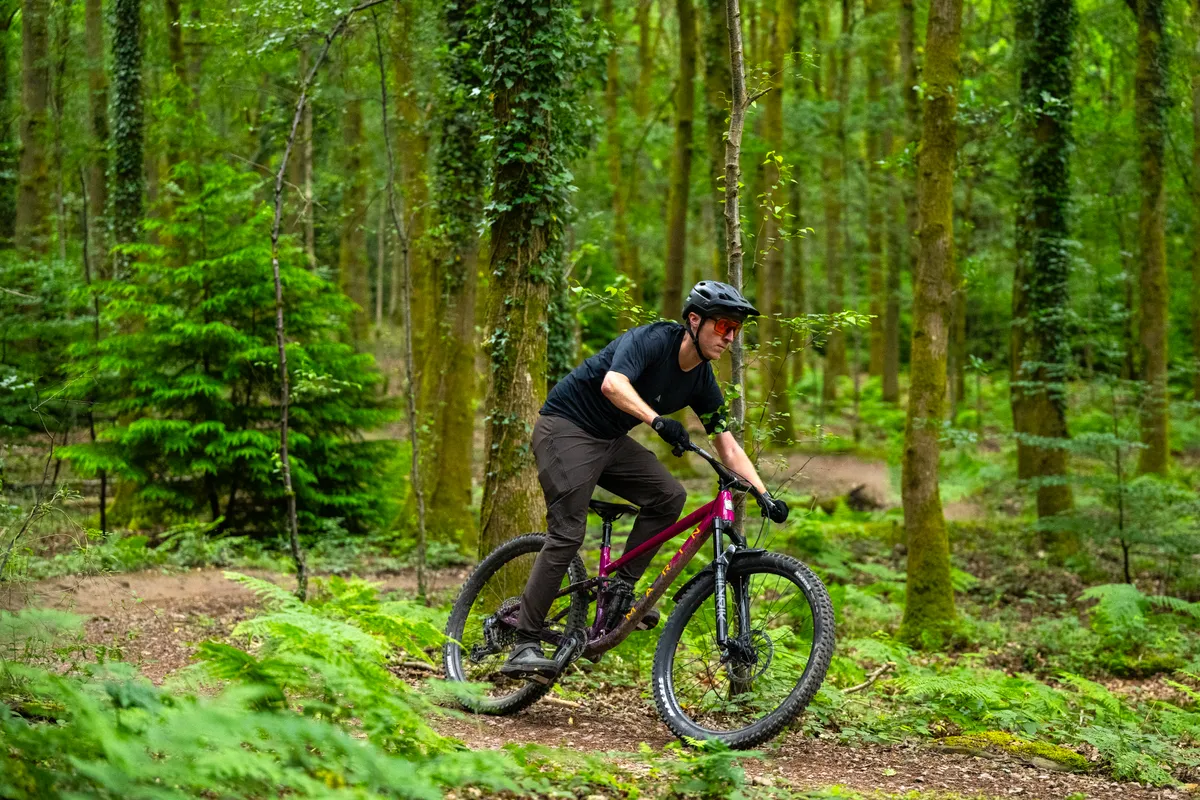
I read recently that given the choice, many representatives from the industry's biggest tyre brands said they’d take a tyre with a softer compound over a more aggressive tread if they could only choose one.
So if these words are coming from the horse's mouth, then why are they not making the unicorn of a tyre I seek?
Maxxis only offers the new Severe and revised Aspen in its MaxxSpeed compound, but why not MaxxTerra, or even the brand’s stickiest MaxxGrip mixture?
Schwalbe rarely offers its faster treads in anything but the Addix Speed or SpeedGrip compounds, but why not offer the Racing Ray and its voluminous 2.35in casing in Addix Soft?
It might be only me, but a lightweight, deftly treaded tyre with a proper, and I mean proper, soft compound could be the tyre of many riders' dreams.
Rob Weaver: Cracking the tyre-buying code
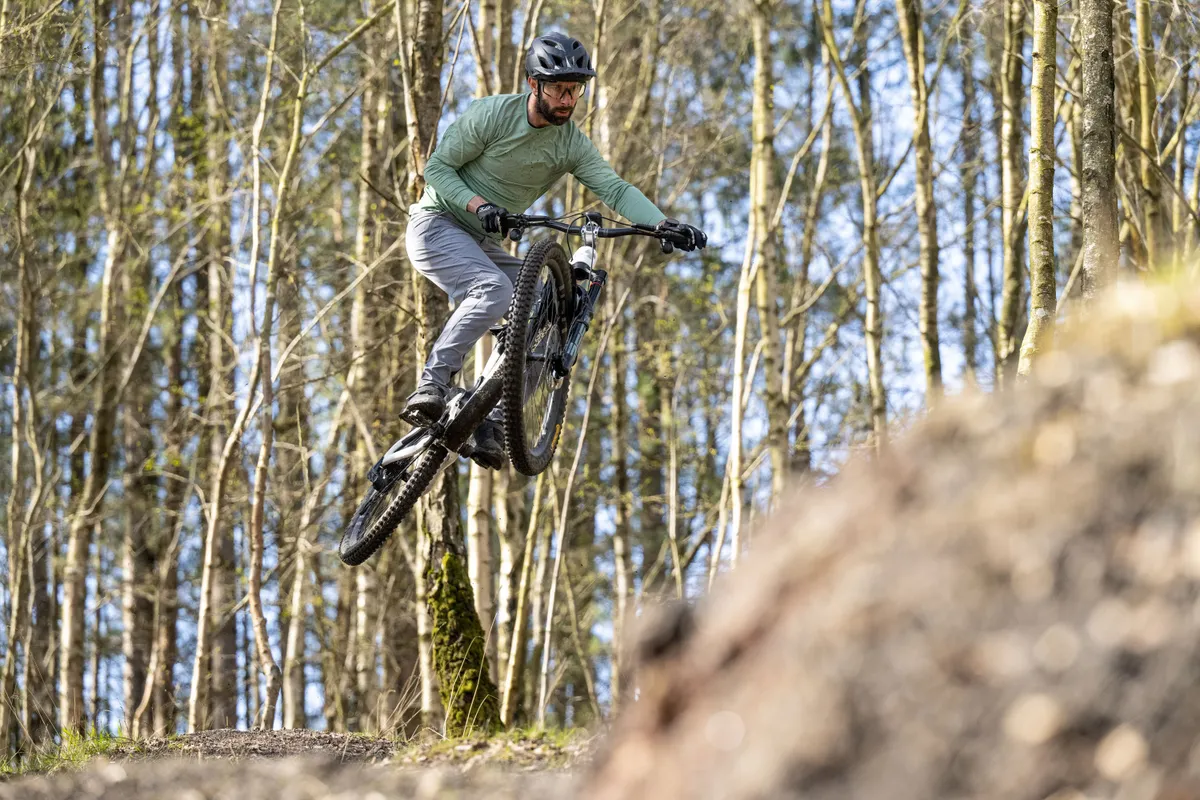
Buying tyres is now more complicated than ever, and I’d argue brands could make it simpler.
Sure, if you’re familiar with one particular tyre manufacturer, decoding the compound jargon and casing acronyms gets easier over time.
But, imagine this. Your favourite tyre is worn threadbare and needs replacing, but to your dismay, no one has stock of that tyre. You opt for the next best tyre from a different brand.
If you’re experienced enough, you’ll have some idea as to whether the tread pattern will work for the sort of riding you have in mind.
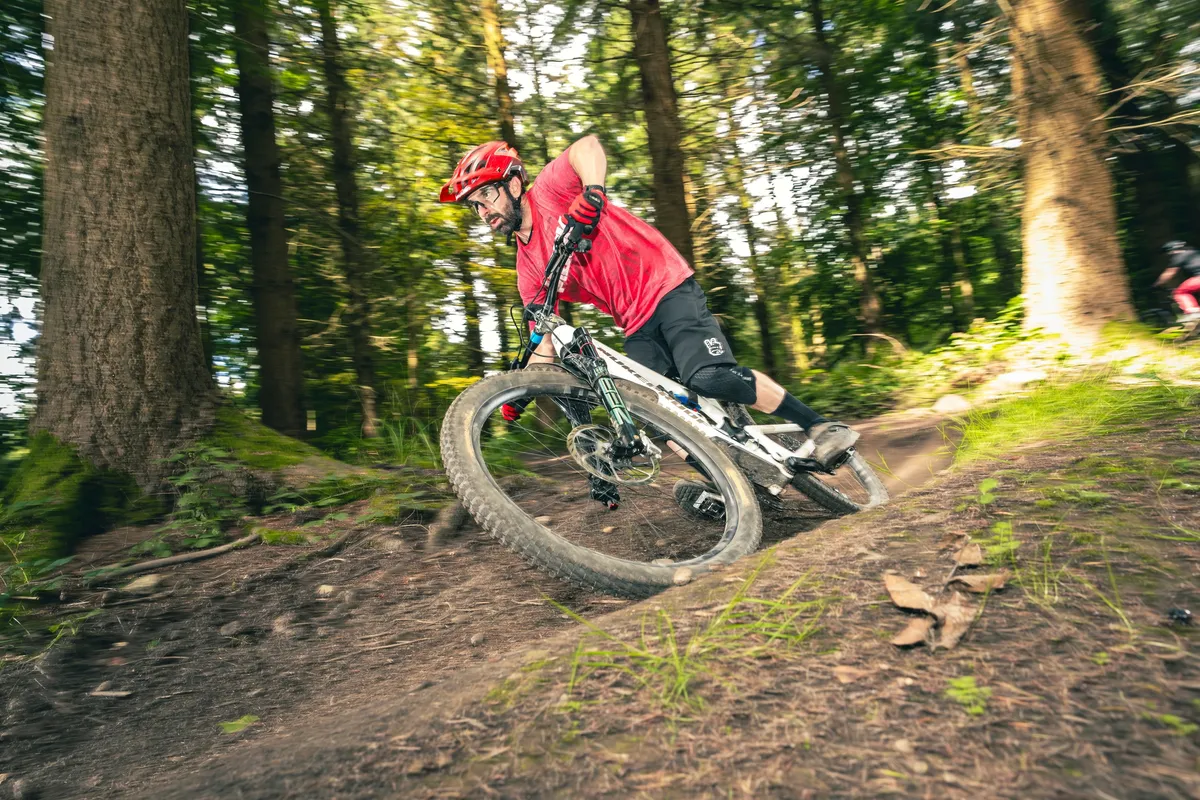
But getting your head around how this brand labels its rubber compounds and sidewall construction can really throw you. Now imagine you’re new to mountain biking. The complexity of the issue increases immediately.
Now I’m not saying we’re talking about cracking the Enigma code here, or making The Da Vinci Code’s Tom Hanks leg it around Taiwanese tyre factories deciphering every hot patch on the market. Yet it does feel we’re at a point where things are a little over-complicated.
Don’t get me wrong, I’m all for exotic tyre names. I’m more than happy to keep the Assegais, Tacky Chans and Scorpions of the tyre world, but surely there’s an easier way to convey the other details.

I’m not digging at all brands (Schwalbe does a decent job of listing rubber compound and casing construction, while Maxxis makes it easy enough to know what the rubber compound should be good for), but it feels as though tyre buying is still a bit of a minefield.
I could be well off track here and I’m sure some brands will be keen for me to get back in my box, but wouldn’t it be good if they could agree upon a way to unify how they denote rubber compounds and tyre construction?
All brands could use the same term for the compound (so no more T9, AddixSoft, etc) and casing options (bye bye Double Down, GRID Gravity and the rest) to make life for the consumer a little easier.
Maybe I’m just not smart enough, but to me, this would be a big win for all of us punters.
Luke Marshall: When has the world of bikes ever been simple?
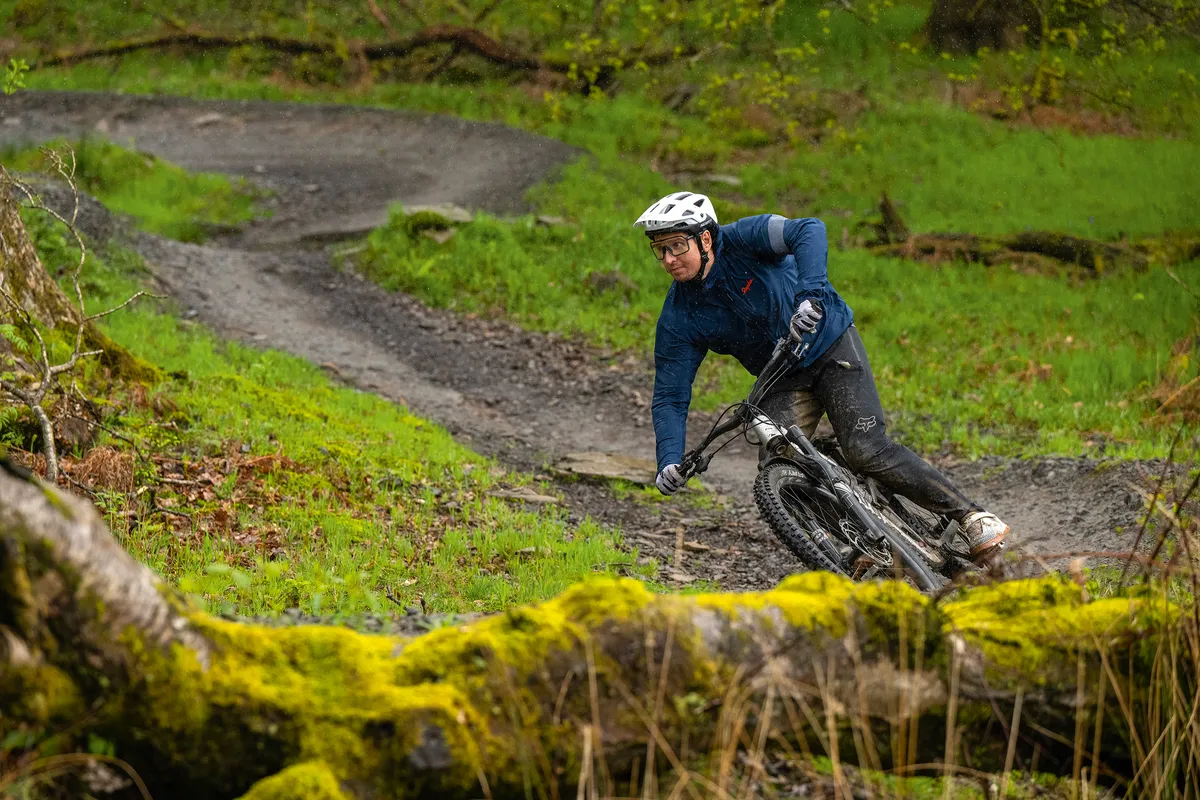
This is a topic that's both difficult and easy to moan about. If you know the different tyre brands' tread, compound and casing conventions, they seem logical enough after a while. But how long did that knowledge take to get? I've been riding for more than 30 years.
I can sympathise with the newcomers and those who don't live and breathe bikes. The tyre choice possibilities out there are mind-boggling.
Do you need a Maxxis Minion DHF 3C MaxxGrip Double Down or a Schwalbe Magic Mary SuperGravity UltraSoft for the front of your enduro bike? It could be one of Continental's 42 different tyre options for its latest four-tyre MTB range.
There are hundreds of different tyre combinations to decipher. I'm not going to complain about having all that choice, though. Hopefully, it's possible to find the tyre best suited for the riding and conditions you do most often, but I agree the industry could help customers if labels were simplified.
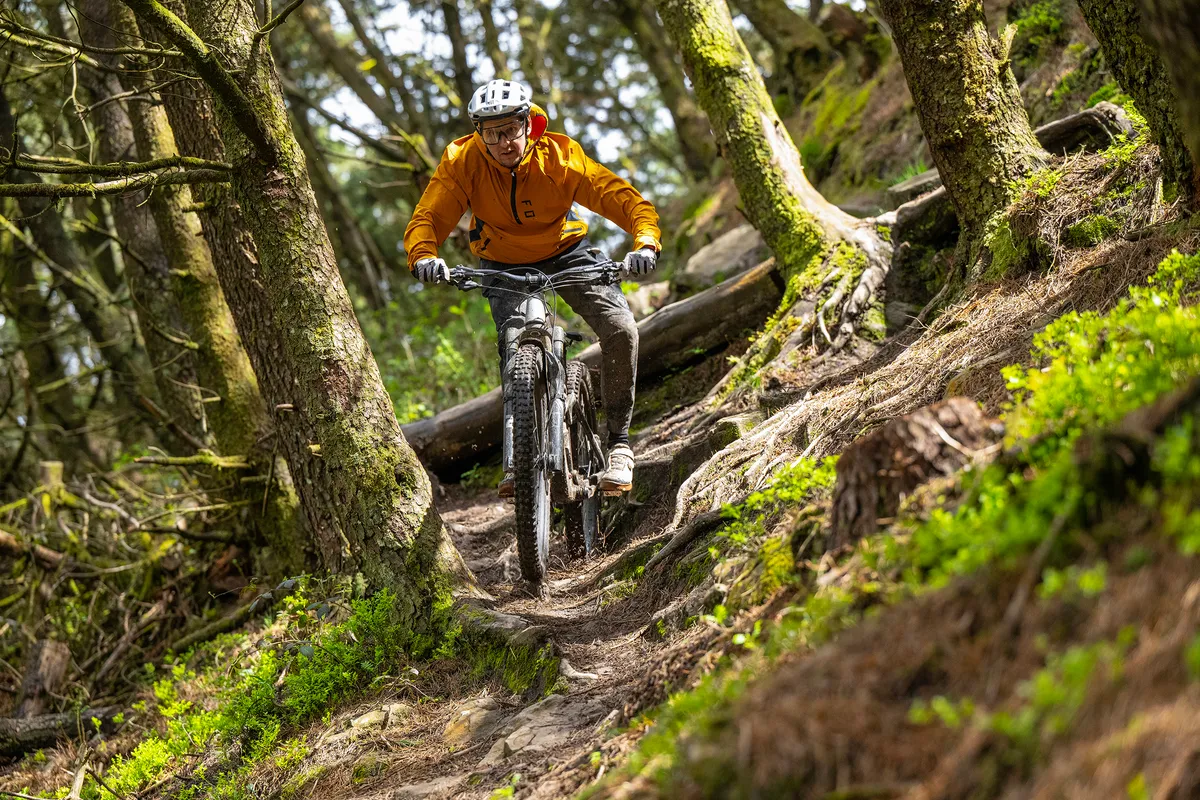
A few brands have this right in some situations. Schwalbe and Continental use Soft, and UltraSoft or SuperSoft, respectively, to label some of their rubber compounds, making things self-explanatory.
Pirelli's new range has a simple casing hierarchy based on the riding genre. There are XC, Trail, Enduro and DH casings. This seems more logical than Maxxis' EXO, EXO , DD and DH notations.
Schwalbe almost has it dialled, too, with its SuperTrail, SuperGravity and SuperDH casings. If you ignore the 'Super', you've pretty much got Trail, Enduro and DH casings.
Would choosing a new tyre be better for consumers if tyres were sold, for example, as a Specialized Mixed Terrain front, Trail casing, SuperSoft compound, or a Michelin Dry Terrain rear, Enduro casing, Soft compound? It seems very pragmatic, but a little dull.
I’m sure the engineering teams would love all of this, but the marketing departments would throw a tantrum.

I'm not saying all tyres must be built the same. A Trail casing for one brand doesn't have to be identical to another brand's. However, at least everyone would know what type of riding that tyre suits, and it would be easier to negotiate than the tyre minefield currently in place.
Will this happen? It's very, very doubtful. Newcomers will have to continue to weave their way through the tyre marketing maze to find what they're looking for. Wouldn't it be boring if it was easy, though? Welcome to the world of bikes!


